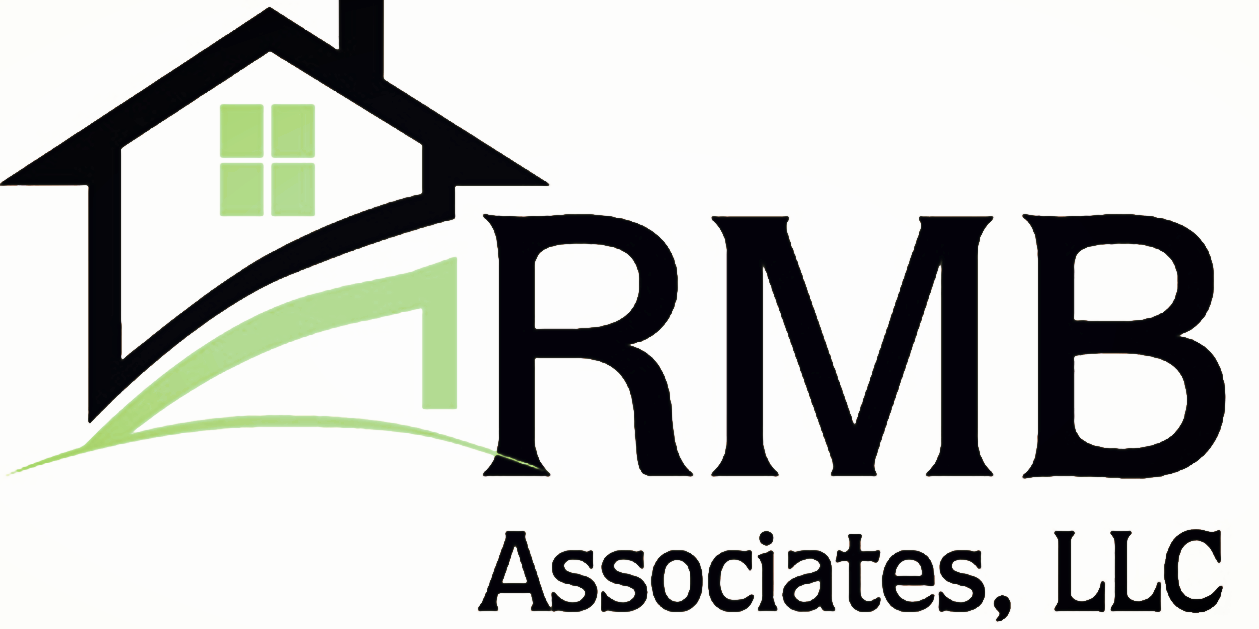Radon In Your Home
/Monday evening I attended a seminar on Radon gas and was surprised to hear that it occurs in 1 in 15 properties in the US and 1 in 4 properties in the Portland metro area. I also found out that Radon gas is the second leading cause of lung cancer, behind cigarette smoke. Radon gas emits alpha particles which, when inhaled, begin to damage lung tissue. Continued exposure over time can lead to increased damage to lung tissue and eventually cancer. Radon gas is measured in pico curies per liter with the average outdoor level being 0.4 pCi/L and the EPA action level being 4.0 pCi/L.
Radon is the radioactive decay product of Uranium and Thorium and usually occurs in higher concentrations in alluvial sediments washed down from volcanic terrains such as light-colored volcanic rocks, granites, dark shales, sedimentary rocks
that contain phosphate, and metamorphic rocks derived from these rocks. In addition to being next to the Cascade Range and Mt Hood, Portland and the Willamette River valley had the privilege of being inundated during the last ice age with periodic floods from Lake Missoula that transported over 50 cubic miles of sediment from Canada and eastern Washington. The Alameda neighborhood in NE Portland and Lake Oswego have two of the highest concentrations of radon gas in the Portland metro area. Alamenda is built on a ridge of glacial debris deposited by the Missoula floods.
The source of sediments is only one factor of whether or not you may have elevated levels of radon in your home. The other factors are the porosity of the soil and/or your basement flooring (if you have a basement) and ventilation. Even in neighborhoods with elevated levels of radon, concentrations of radon gas in individual properties may vary widely in part depending on the porosity of the soil at a given site. Radon concentrations tend to go up in winter when we seal up our homes and turn on the furnace. This creates a negative pressure in our homes and draws radon from the ground into our living spaces.
If you are curious as to where your property is located with regard to potential radon hazards in the Portland metro area the PSU geology dept has compiled a map by zip code that you may want to look at. Please understand that this data is skewed in accuracy due to number of samples tested in each zip code and the fact that zip codes may cover several different types of geologic settings with wide variations between each setting.
http://public.health.oregon.gov/HealthyEnvironments/RadiationProtection/RadonGas/Documents/2013%20Radon_EPHT%20Data%20Collaboration/PortlandRadonZIPCodeMap.jpg
If you have concerns about radon levels in your property you can purchase an over the counter do-it-yourself test kit at a place like Home Depot for around $15. You collect the sample and mail it in for test results. Make sure the price includes testing. You can also have testing done professionally for around $160.
If you have any questions about the levels of radon in your home it would be worthwhile to purchase the over the counter test kit. It is inexpensive and will either give you peace of mind or alert you to further mitigation action to take to lower radon levels in your house.

